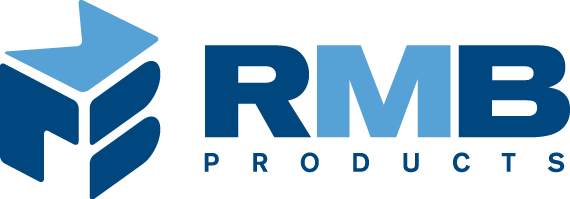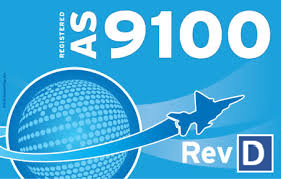Additive Manufacturing
Producing small quantities of parts becomes more cost effective with additive manufacturing. We use a process called Selective Laser Sintering to create durable, non-prototype thermoplastic parts for customers that have strict geometry and material specifications.
80% of the selective laser sintering machines that are qualified for the Aerospace Defense industry are located at our facility. The main industries we serve with additive manufacturing are military defense and commercial aerospace. We also pride ourselves in offering custom solutions, so if you do not see your specific application listed here, please contact us to discuss your project.
| Advantages | Disadvantages |
|---|---|
| This process supports complex geometries, which reduces part count. | Part weight may be more compared to other manufacturing with other processes. |
| Tooling cost is usually non-existent, which reduces the production cost. | There can be size restrictions due to the machine size. |
| Revision changes are easy; no need to retool a mold. | There are temperature constraints of the part, due to the process being limited to plastics. |
| This process has a lower cost per part produced. | High part volume may be difficult to achieve |
| There is a potential for weight reduction of the part. | |
| It creates durable, fly-ready parts that withstand impact during installation and maintenance. | |
| The process is ideal for many aerospace part quantities | |
| Multiple parts can be manufactured simultaneously | |
| Additive manufacturing can produce parts not possible with other manufacturing methods | |
| Easily design a product with optimal features without traditional manufacturing constraints, such as variable wall thickness, internal features, mounting brackets, etc. | |
| This process has shorter lead times than other methods. |
Additive Manufacturing Dimensional Capabilities
We have the capability to manufacture parts up to 13” x 15” x 18”. For more information, please visit our Aerospace Design Guide.
Additive Manufacturing Process
Selective laser sintering fabricates complex plastic parts and assemblies in a single process, one layer at a time.
The first step in the process is to upload the CAD (computer-aided design) model of the part to the selective laser sintering machine. The machine uses the CAD model to slice the design into thousands of horizontal layers. Next, fine plastic powder is loaded into containers in the machine. This powder is then rolled across a platform in a heated chamber. Per the CAD model, selected parts of the layer are melted by a CO2 laser. The platform lowers down as each layer is selectively melted on top of the last.
Once all the layers have been processed, the result is one or more fully dense, solid parts, encased in a block of powder. Test coupons may also be built alongside each part to nondestructively validate the part’s mechanical or chemical integrity. The next step is to break each part out of the powder and clean it. Once the test coupons are validated, the part is now ready to be post-machined, painted or assembled with hardware.
Additive Manufacturing Materials
| Material | Trade Name | Characteristics | Maximum Service Temperature | Application |
|---|---|---|---|---|
| D80 Nylon 11 | D80 | Natural Color Low moisture absorption Excellent chemical resistance High impact resistance |
220℉ / 104℃ | Aerospace |
| FR106 Nylon 11 | FR106 | Fire retardant to FAR 25.853, FAR 29.853 Natural color Low moisture absorption Excellent chemical resistance High impact resistance |
220℉ / 104℃ | Aerospace |



